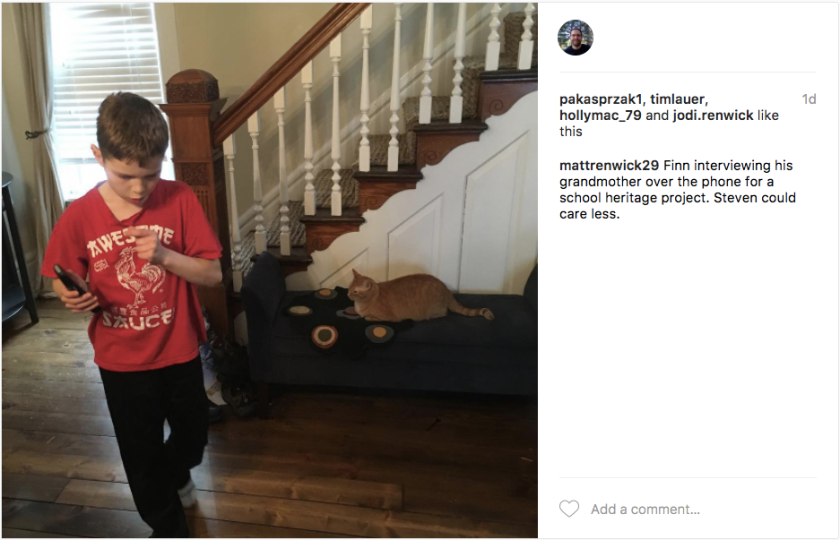As I write this, I am out on our back patio. My kids are in the neighbor’s backyard, flying a kite with friends. They had recently recovered the kite from a tree. This time around, they are staying away from the natural hazard. I don’t know how they got the kite down previously; they had figured it out before I was called to the rescue.
Imagine, instead, if I had made my kids stay in after school to finish their homework.
Four years ago, I shared my attempt at revising our homework policy at my former school. It was more policy than practice – we briefly discussed it, then moved on to something related to literacy, I’m sure. Looking back, it was a topical change at best. My suggestions were within the paradigm that homework was still necessary. We never really delved into the idea of homework as a concept that may be outdated.
I’m torn. Some of the work students bring home can make for an interesting study. For example, my son was recently assigned a family heritage project. He had to locate an item that is a part of our family’s history and culture, learn about its significance through interviewing family members, and then communicate his new knowledge through speaking. Storytelling is a skill they have been working on for a while.

My daughter has elected to bring home learning. She is participating in Genius Hour in her classroom. This primary class refers to these inquiry-based learning activities as “Wonder Projects”. My wife and I are often recruited to support her most current questions, whether that be taking pictures of her next to enclosed animals (“What animals most often live in a zoo and why?”) or setting up a mini-art studio in our dining room (“What are some famous artists and their artwork?”).
These examples are, by definition, homework. One was assigned, one wasn’t. Both facilitated a unique learning experience in our home. This seems to fly in the face of research, such as John Hattie’s meta-analysis that homework has a negligible effect in elementary school and a significant one at the secondary. To be fair, homework that I just described is rare. The typical fare is worksheets, reading logs, and studying spelling words for Friday’s test. One can understand with these examples why schools are starting to outright ban homework.
These absolute policies also result in absolute thinking. My post here is not to admonish or advocate for homework. Rather, let’s bring some common sense into the conversation. An instructional coach, Dana Murphy, came up with a novel way for teachers to think before they assign homework.
“PDF Homework Policy” = Play time, down time, family time. Throw a book in there and I’m sold. @ReadByExample
— Dana Murphy (@DanaMurphy68) April 12, 2017
In other words, if we are assigning homework, is it more important than opportunities for kids to play, read, or spend time with families? If the answer is “no”, then how can we rethink our instructional approach for the 6-8 hours that we do have students in our classrooms?
Gotta go. The kids are burying each other in landscape pebbles.



